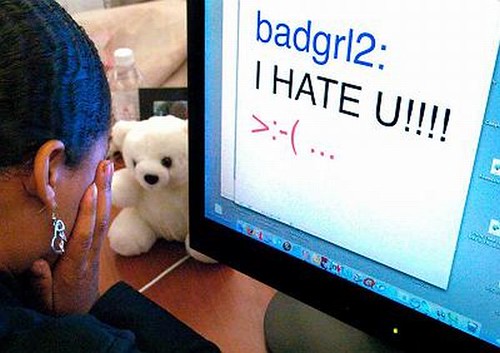Can you imagine the horror of seeing your own DUI mug shot photo online for everyone to see? That DUI incident that results to having your photo taken can result to the ruin of all that you have worked for. The first thing that happens to a person who gets arrested on suspicion of drunk driving or driving under the influence of drugs is that he or she will be taken to the nearest police station. There the fingerprinting process will most likely happen as well as the dreaded taking of photo.

For many people who have been arrested on suspicion of DUI, it may not be as easy as paying the fine and resolving never to make the mistake of doing it again. Even those who have not been charged or convicted will soon realize that they have left their mark forever in the police records and the Internet via their DUI mug shots uploaded online. Consulting with the best DUI defense attorney may just be something you need to keep in mind, just in case.
So Why are These Mug Shots Found Online?
Apparently because of some misguided need to become transparent, many police and sheriff’s departments have inadvertently or knowingly put mug shots along with their booking details straight into the hands of enterprising website owners. This they have done by making them available in searchable databases . From the embarrassing moments of people arrested for varying crimes rose the Mug Shot Website industry.
The Mug Shot Websites
So now, the possibility that you or someone you know or knows you will come across your DUI mug shot is very real. Photos of thousands of people in the same boat are out there, haunting them for the rest of their lives. That mug shot in the hands of an employer may cost a job. That mug shot in the hands of a loved one may cost a relationship. That mug shot in the hands of an enemy can be used as a weapon.
Having Your Online DUI Mug Shot Removed
The first instinct is to contact the website where your DUI mug shot appears. Most would ask for a removal fee to expunge such records. It has to be noted though that your photo may appear in several other similar sites as well. It is possible then that you may find yourself needing to pay an unlimited number of websites. After all, the information has been made freely available. You may consult with a lawyer to find out if there are any legal remedies available to you. Many are living with the fear of having one mistake found out. For some, that fear may become permanent.



